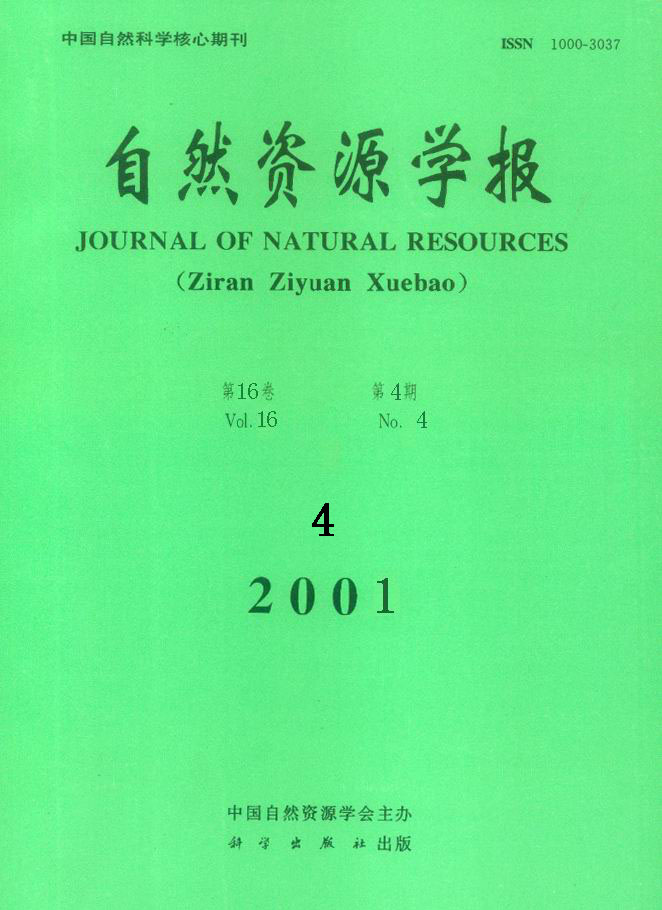Special Column:Celebration of the 70th Anniversary of IGSNRR, CAS
PENG Bu zhuo, AN Xu dong, CHEN Fu, PU Li jie
The comprehension of qualitative and quantitative analysis is the key point of present research on sustainable land use.This paper is intended to do the comprehension work in the Yangtze River Delta.First,qualitative research is done by analyzing present land use characteristics of the Yangtze River Delta.The result shows that fine land use condition,insufficient land resource amount,high exploiting intensity and quick land structure reform are the main characteristics in this area.And based on this analysis,the systematic objectives of sustainable land use in the Yangtze River Delta,which come from three administrative levels,are put forward.Second,a new quantitative pathway,social statistical method is established to evaluate the present level of sustainable land use in the Yangtze River Delta.Indicators consisting of 36 factors are selected as the evaluating index system,and weights and target values for indicators are established by using the AHP method and by referring to others' research.The method of membership function is selected to quantify the single indicator and the linear weighted function is chosen to compute the comprehensive evaluation index.And a new method is put forward to diagnose the obstacles in sustainable land use,in which the concept of obstacle amount is induced,and the corresponding formulae are used to compute it.Based on ranking obstacle amount of all indicators,what the main obstacles are and what the minors are can be found out.Then the sustainable land use evaluation practices are made in Suzhou,an important city in the Yangtze River Delta area,with the resultant comprehensive evaluating index of 63.10%.The result shows that the sustainable land use in 1998 in this area is still at a preliminary stage.And there are 12 main obstacles in sustainable land use in Suzhou.In view of the above obstacles,some practical countermeasures are identified.Through the above analysis,some conclusions are gained:(a) Qualitative method and quantitative method should be combined in sustainable land use research.Quantitative evaluation is the key point of this regional scale research .It is an effective way to survey the rationality and sustainability of current land use.(b) The practices of sustainable land use evaluation should be directed against the specific mode and objectives of land use.So the evaluating pathway must reflect the present features of regional land use.(c) The aims of evaluation lie not only on the determination of present stage of sustainable land use in specific areas,but also on the diagnosis of obstacles of sustainable land use,through which countermeasures could be raised to improve the sustainable level.
